· 12 min read
Getting into Free to Play Games: Lone Stone Studios Interview
Nathan Lovato
Nathan is a game design expert at GameAnalytics. Currently founder and game design instructor at GDquest.
There’s nothing like learning from the experience of other developers. That’s why we went ahead and interviewed a young mobile game studio who’s working on their first Free to Play title, City Invaders. We got in touch with Pierrick, the company’s co-founder. He shares his experience getting a mobile game studio started. Following on our recent 2-part article Launching a Mobile Game Business he shared some tips and several decisions the team took to hopefully make both the company and the game a success.
Hi there! Could you tell us who you are and what you do at Lone Stone?
Hi, I’m Pierrick Bignet, co-founder of Lone Stone studios, a game company that also provides web services. We are a small independent studio, so I’m both the game designer and one of the developers in the team. We all work on several different tasks.
We are making our first game, a Free to Play title called City Invaders. It has been in development since we founded the company a few years ago.
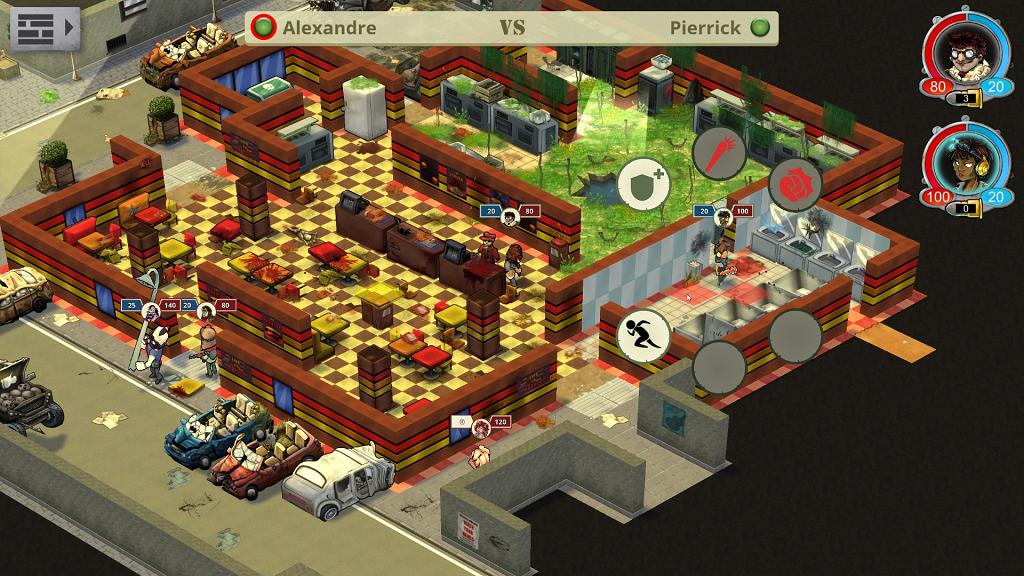
What is City Invaders then?
City Invaders is a multiplayer geolocalized tactical game. A lot of buzzwords just to say that the players go out to conquer restaurants, schools, and other places from the real world that are referenced on the game’s map. It’s a bit like Pokemon Go. But on top of that, we have tactical, turn-based battles inspired by XCOM. The player has access to a range of characters with specific classes like the Sniper or the Medic. You fight against other players asynchronously and when you win, the location is yours. It’s a tactical MMORPG that uses the real world to enhance the user’s experience.
And it’s a Free to Play game. Like many others, our business model revolves around ads. We focus on the “watch to play” approach. But on top of that we do have support for micro-transactions, and especially for customization. Not Pay to Win.
What was your biggest challenge making the game, and how did you overcome it?
The biggest difficulties we faced were technical. This is the first game we created together, and everyone in the company is coming from the web, so we were unfamiliar with most of the technologies and strategies used in game development. But I would guess that for a game developer, the business model is the most difficult part. In the case of a free to play game, it’s hard to manage, and we are still working on it as the game is not out yet. However, I think we came up with some fairly innovative ideas. The team behind Pokemon Go did use some of the ideas we had before the game came out, and we’re quite proud of that.
There are other challenges when it comes to game creation. With free to play, it’s hard to strike the right balance. We don’t want our game to be a “pay to win”. Other titles like Clash Royale allow you to pay to be a lot more powerful than the others. And in our geolocalized game, we must be very careful because we don’t want the players to trick the matchmaking in any way. We have a whole system to ensure that when you want to fight, a player with a similar skill level is put in front of you.
In each area, some players are always going to be a lot more powerful than the others. And we cannot just take them out of the map: they are there and they should enjoy the game like the others. Go through satisfying battles. This means we should play with the geolocalization to make sure that the game is entertaining for everybody. We are very careful with that. I think we’ve got some good ideas, but it’s because it’s a multiplayer game, there’s going to be bumps on the road.
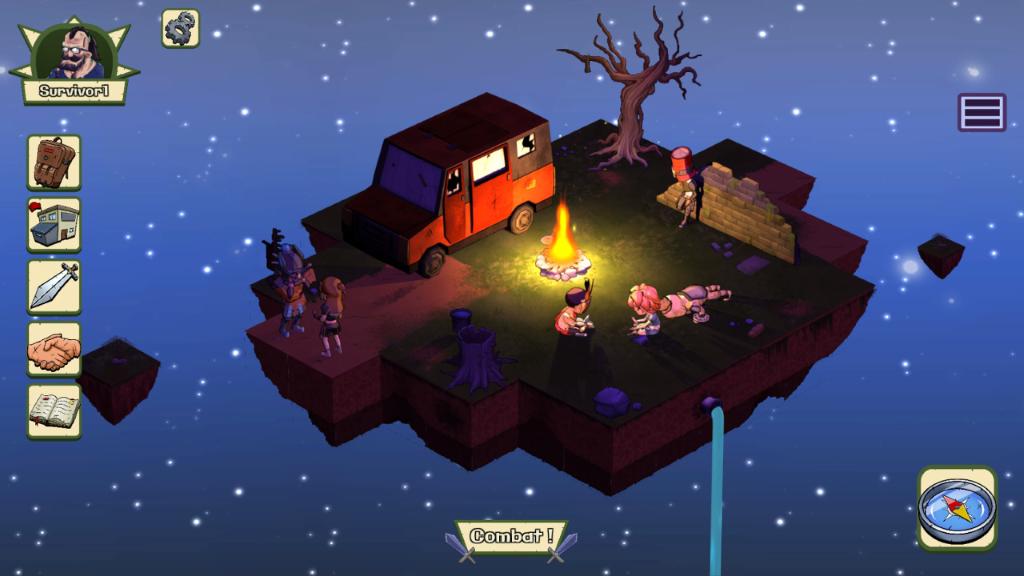
In such a game, you might have trouble if too few players are competing in a remote area. Like if you have a single high level player in a small city.
It’s quite the contrary, actually. First of all, the amount of locations available to conquer is not a problem, that’s because we’re using a third-party service, Foursquare, to get them. We have plenty of places all over the world for people to compete for. This gives enough room to a very large user base.
Then, we expect to have issues in big cities, where there are lots of players near one another. For instance, in Paris, New York… We have to be extra careful with the matchmaking so higher-level players don’t destroy the experience for the ones who are starting out. At the start, we want only one player to be able to get hold of a given location. For very popular landmarks like the Effeil Tower, this means trouble. It’s going to be tough to justify the regular rules for special places. We are looking to create and use a different system for things like Le Louvre, so it can be captured by several players at the same time. This is a Work in Progress though, and we will test that out during the Beta.
You offer web and consulting services as part of Lone Stone. How did you get to do that, and was it part of the plan from the very beginning?
The plan was to only make games, and to release City Invaders in 2013. As you can see, we are quite late. Our project was meant to be 2-D, not 3-D. The graphic change cost us a ton of money. And we also paid for our inexperience, coming from the web. We lacked someone from the art or the games industry in the team.
We already had experience creating web apps and backends. The income with those activities is a lot higher than what you can expect with game programming. It’s good money, and safe money, as there is a lot of demand for it. I don’t know how many indies do that, but for us that was a very good call. I think professionals should have such a safety net. We are definitely not the only ones to multiply our sources of income: I know other companies that operate the same way.
We didn’t expect game creation to be that costly. They’re terribly expensive, and longer to create than you’d expect. We learned that the hard way. The money we had when we first built the company, and the subsidies we got from the government were not enough to complete the game’s development. That’s why we decided to go ahead and offer web development services. We had experience in that field. But that was not part of the plan at first.
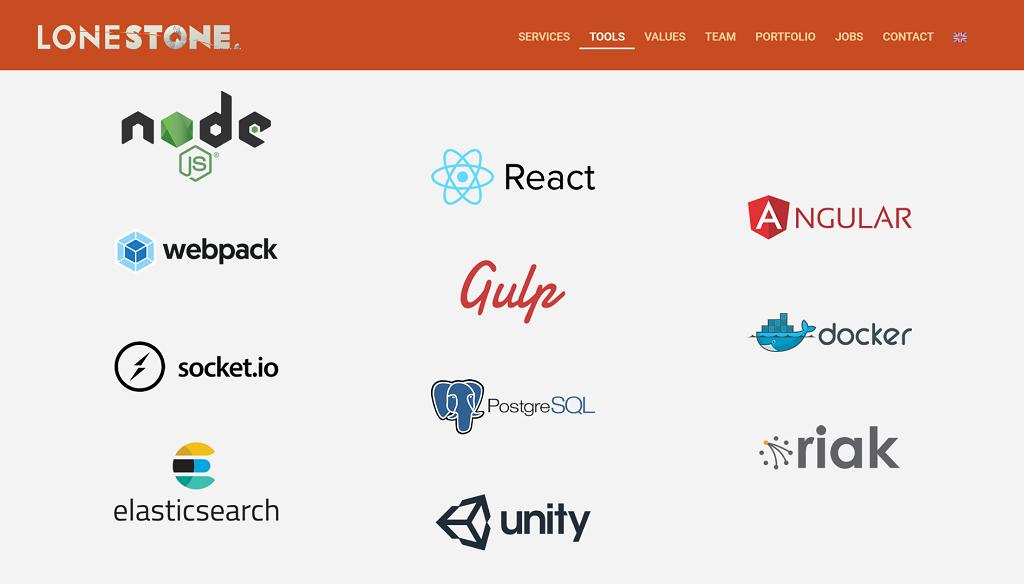
How do you split up your time between game creation and web development?
We try to spend about 2 days per person per week on freelance work. That’s theory though, because in practice, you don’t really choose, you know. For instance, at the moment, we have very good clients who need us. They request our services often. Over the past 2 months, to be honest, we spent almost 90% of our time doing web development, and we really want focus on our game again.
We expected to have everyone doing a bit of freelance work, but art is less in demand than development. There’s a lot of competition on that front. Freelance rates are low for both 2-D and 3-D artist, especially juniors. There again, it has been harder than we expected.
So we decided to recruit some developer to work on that part of the company full-time so we can have a reliable stream of income and focus on City Invaders. We added a separate branch to the business branded as Lone Stone consulting. It has its own website, and we’re looking to expand it. This should keep the company stable.
Alright then, let’s get back to the game: are you planning to do a soft launch?
Right now, the plan is to release an alpha version that only contains the battle system, followed by a Beta focused on the macro gameplay: conquering places, upgrading your camp, managing your resources… After that, we will definitely do a soft launch. For now, we are thinking about New Zealand. Canada is overwhelmed with soft launches. That’s why we want to avoid the country. It should happen in about 8 months, and the state of the market can change in that timeframe, so we will pick the definitive place when we are closer to the release.
Do you use analytics? If so, what metrics do track and how do they help you?
Of course, we use analytics. It’s impossible to release a successful Free to Play mobile game on the market without analytics. First, there’s all the business and monetization-related metrics that you cannot live without: ARPU (Average Revenue Per User), LTV (Lifetime Value), etc. These are mandatory.
NB: to shed light on this jargon, check out our comprehensive guide to KPIs (Key Performance Indicators) for game creators.
On the gameplay side, we are going to use a variety of metrics to increase the LTV of our players. Our big focus is the retention rate: following Supercell’s example (Clash of Clans), we think that retention is everything. You need that retention before you get any conversion. We want to focus on why the players are dropping the game, be it before or after the tutorial. See who is coming back and try to understand why. These are pretty common analytics.
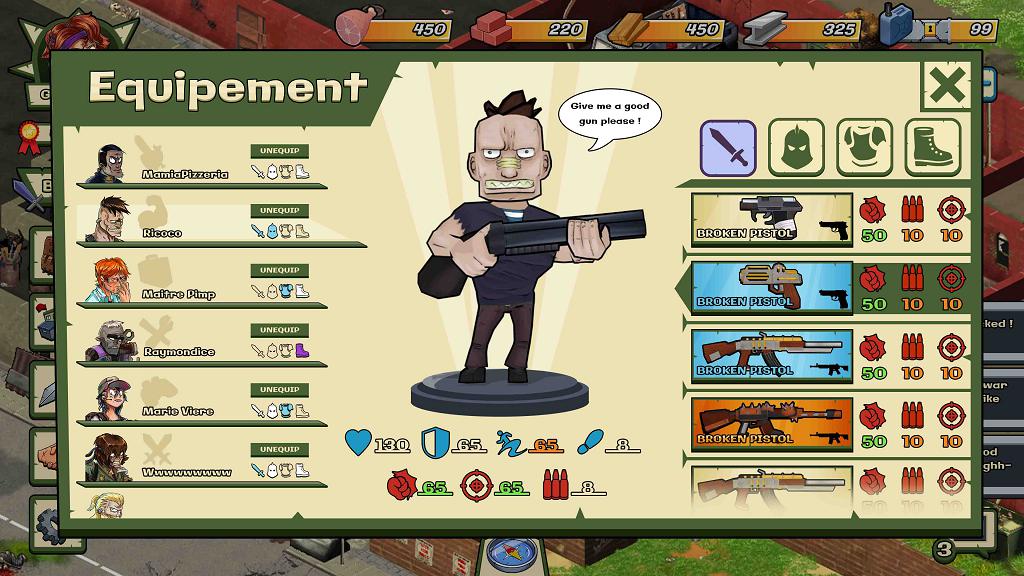
How about tracking data regarding the game flow and mechanics?
We are going to have another branch of the analytics to adapt the gameplay based on the data that we get automatically. For that, we are working with a researcher, a professional data analyst who specializes on this. We want to have a quest system and an environment that adapts to the player’s behavior. We will have different types of PVE (Player Versus Environment) quests for that.
This is nothing new, but we want to do more than the average game in that regard. In general, you just have things like notifications: the people who spend a lot of time on the game get notifications more often than the occasional player.
We want to go beyond that and create specific missions to challenge different types of players: the hard-core and skillful users will not get the same quests as someone who’s more casual or not as experienced. Say for example someone who loves X COM plays City Invaders: we should ramp up the difficulty faster than for somebody else. On the other hand, someone who’s never played a tactical game would get lost at such a pace.
We believe that this design choice will improve the game’s retention a lot, although this adds a lot to our workload. We are really lucky to have someone who has done some theoretical research on the subject.
How many of you are working on the game, by the way?
We are a team of 3 developers, one 2-D artist, one 3-D artist. We do have some freelancers working with us, in particular someone to help us manage the company. We work with a composer and a sound designer for the audio part. And there is this data analyst, who is not’s an employee but rather a collaborator. He has his own laboratory. We are giving him access to our data, and in exchange for that he provides us with a fine analysis and advice on the changes we should make moving forward. Then, the implementing his feedback is our responsibility.
You have any advice for starters who would like to make a free to play game like you?
Don’t rush heads down into free to play games thinking it will be easier to make than a regular premium title, and that you will make money faster. This is not the case: it takes a lot more time to get going. Your business model is harder to fine-tune.
Then, I recommend following the lead of the major actors on the market: look at what Supercell does. Keep track of what’s happening right now, what the trends are. A few years ago, nobody would have done “watch ads to play”: but the way things are now is different, and everyone is showing that “watch to play” works well.
If you have a big budget, you can just check what the biggest studios do and follow the lead. Otherwise, try to adapt their methods to your team’s size.
Last but not least, you really need to be careful and fine-tune everything you’re making. Polish the heck out of the game system!
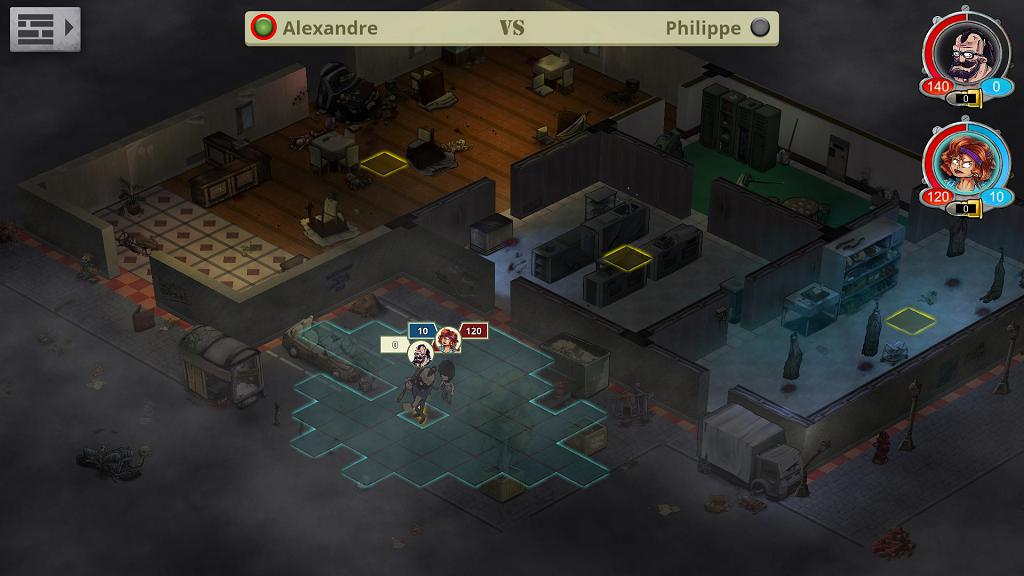
Share this interview on Twitter
[bctt tweet=”Getting into Free to Play Games – An Interview with @LoneStoneStudio” username=”GameAnalytics”]